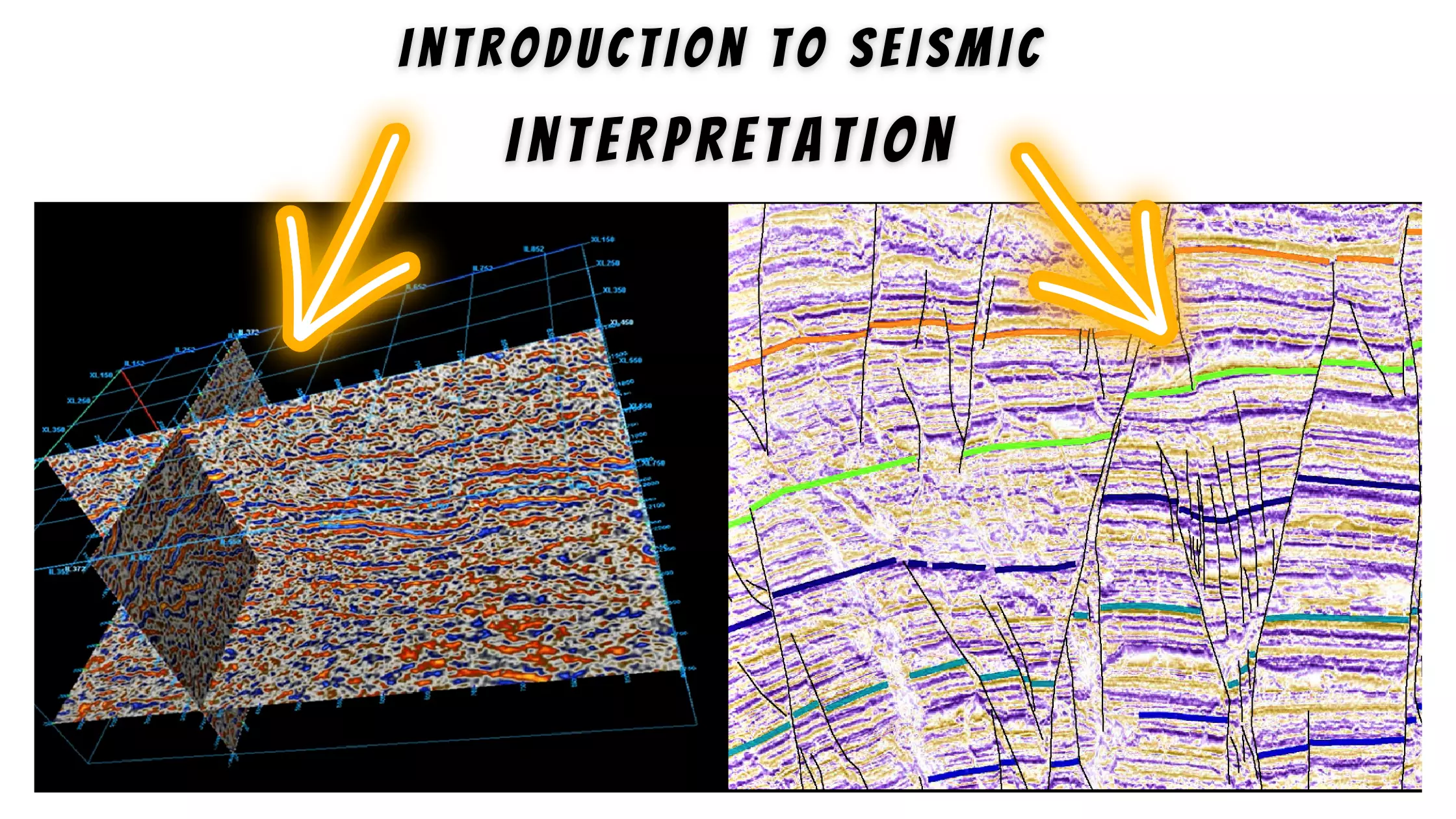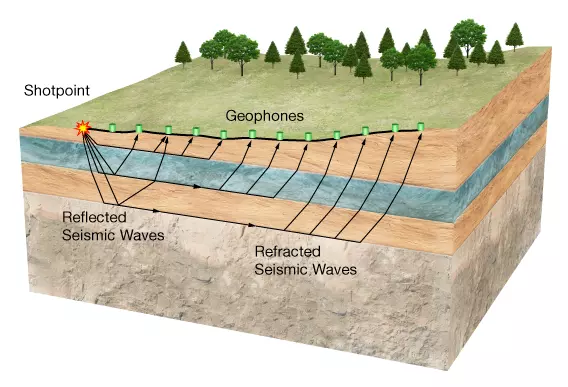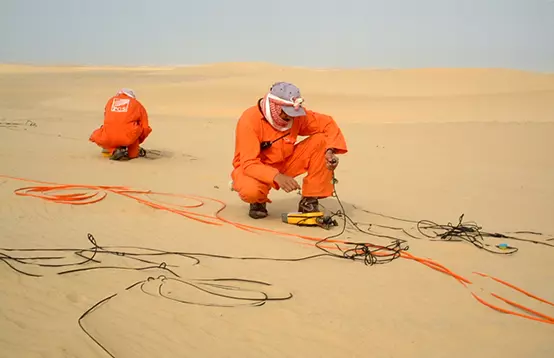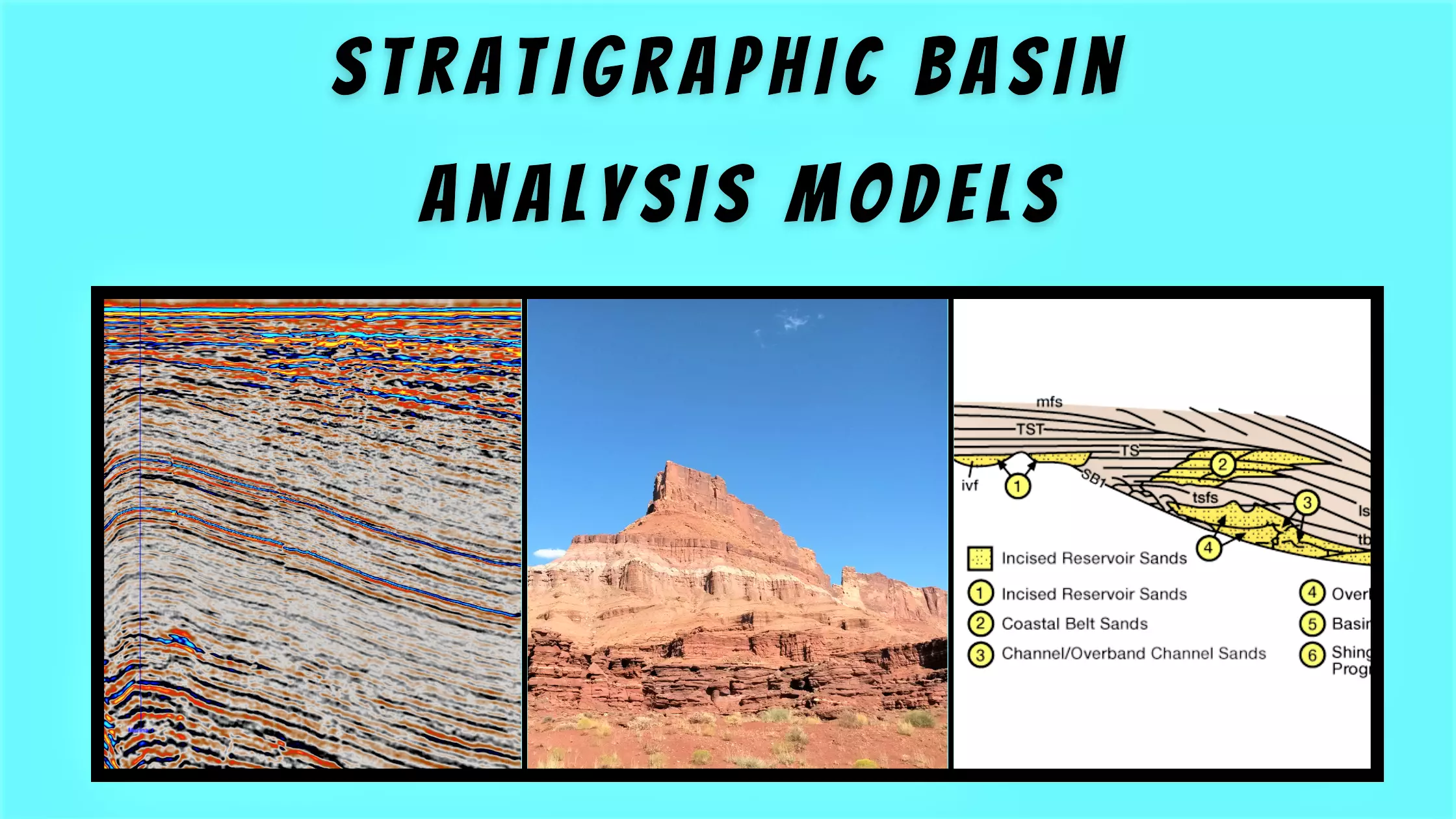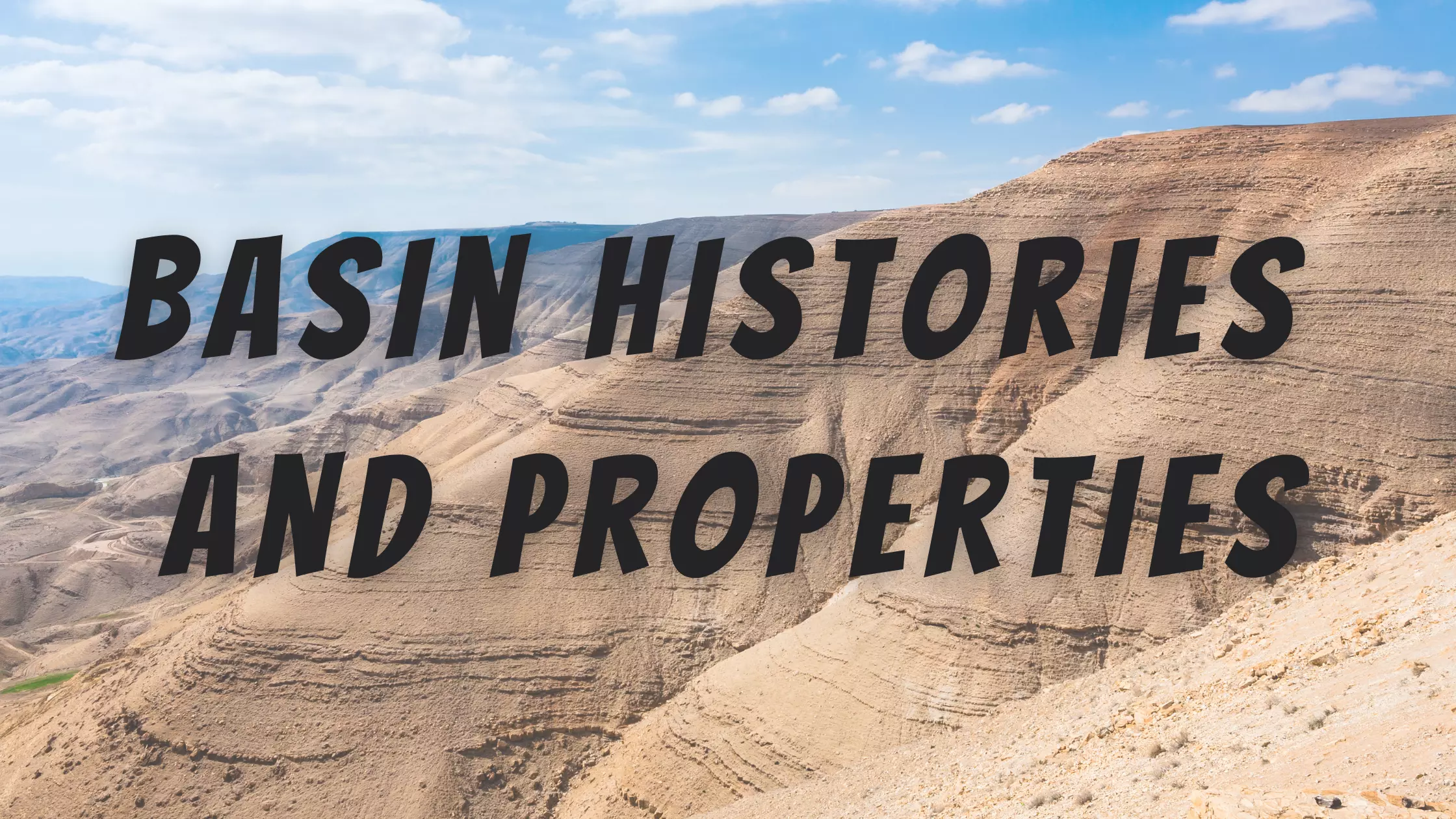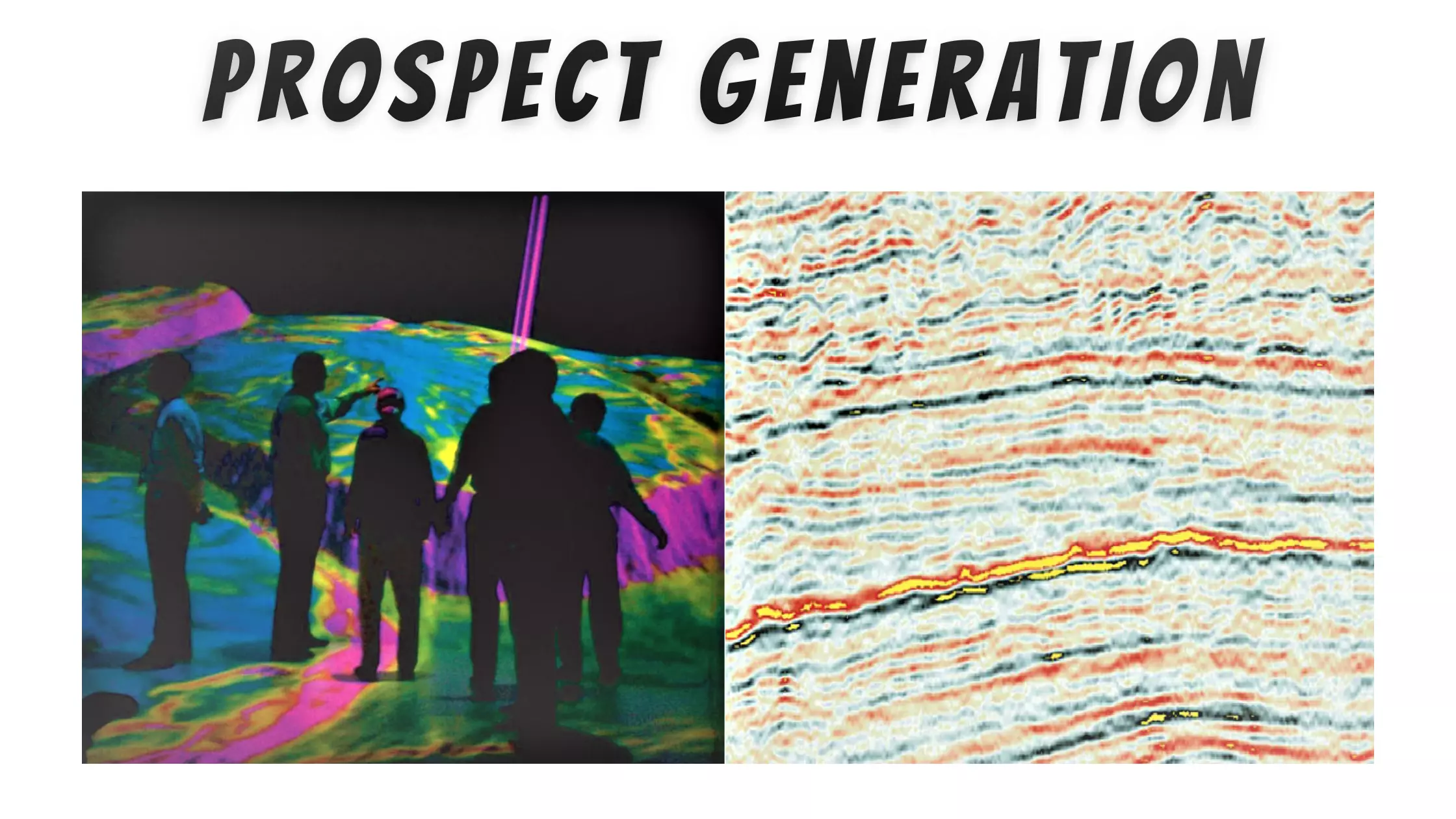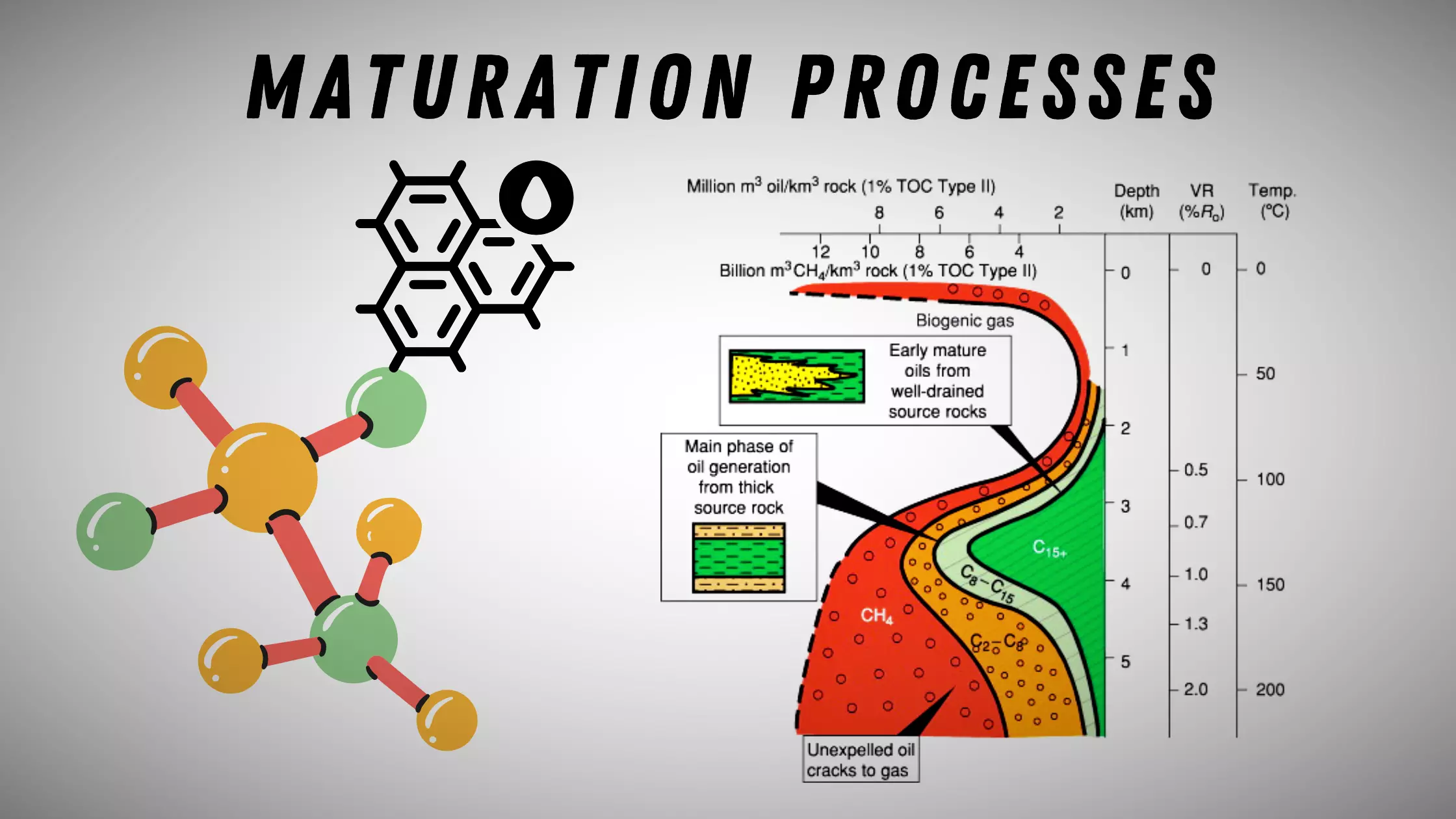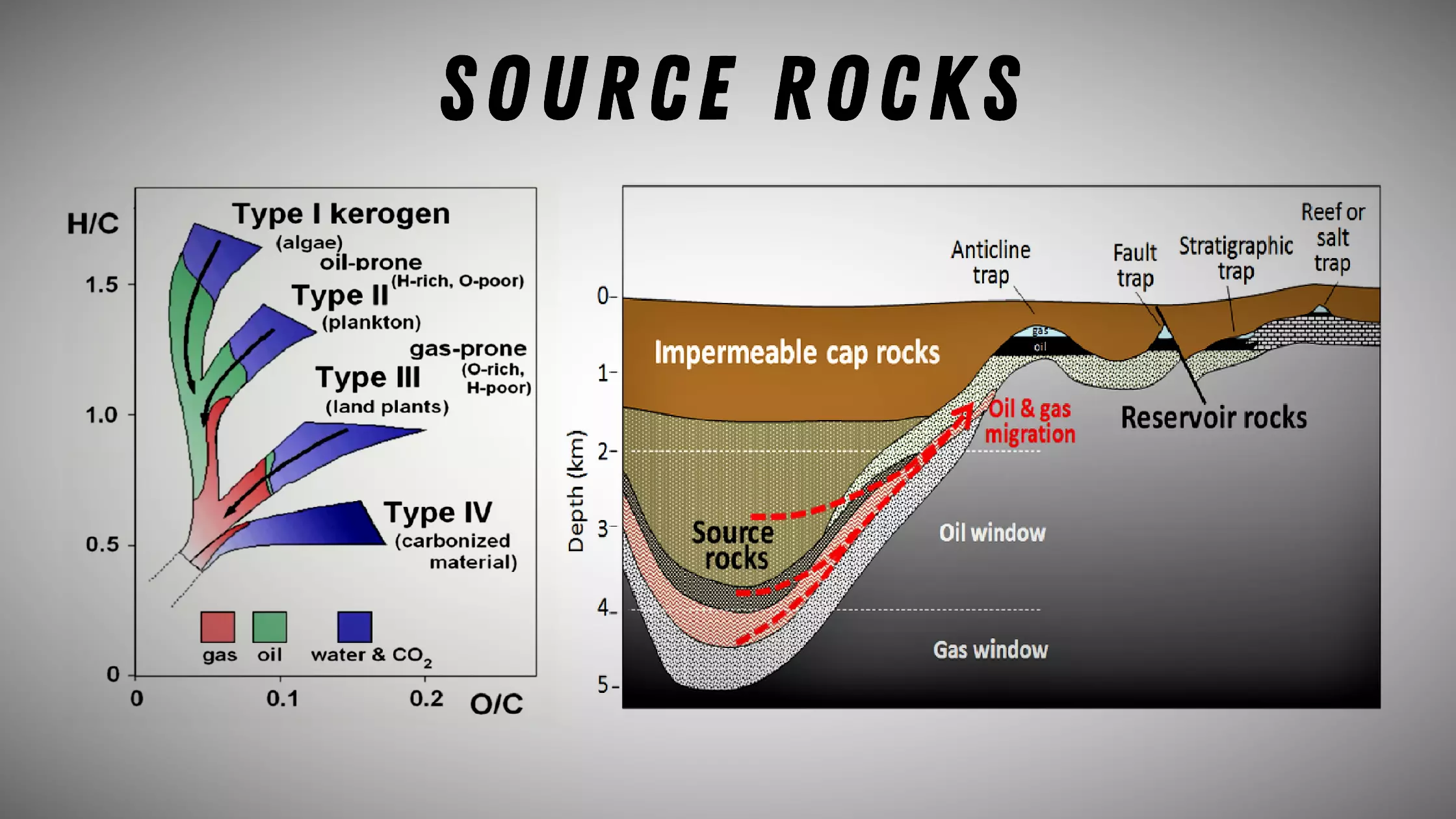Seismic Interpretation is the extraction of subsurface geologic information from seismic data. On that definition we all are agreed. However, if we seek a more penetrating explanation, we find practitioners get tongue-tied and talk around the subject in a variety of ways.
Read More »TimeLine Layout
April, 2022
- 30 April
Seismic Methods
Seismic methods are based on the study of elastic wave propagation inside the earth. These waves are generated by explosions on the earth's surface (in seismic exploration), or by seismic sources in the earth's crust (in seismology).
Read More » - 30 April
Petroleum Geophysics Overview
Learning Objectives After completing this topic “Petroleum Geophysics“, you will be able to: Identify geophysics from a historical perspective Describe the evolutionary role of the geophysicist Summarize the progress and utilization of seismic technology Explain how to find hydrocarbon accumulations History of Petroleum Geophysics Only in the 19th century did …
Read More » - 29 April
Stratigraphic Basin Analysis Models
The primary purpose of stratigraphic modeling in sedimentary basins is to predict the distribution of siliciclastic and carbonate lithologies. This is especially important ....
Read More » - 29 April
Mathematical Basin Analysis Models
Mathematical basin analysis models are mathematical representations of physical processes that occur in sedimentary basins. These models are used to simulate the behavior of sedimentary systems, including the transport, deposition, and erosion of sediment, and to predict the distribution and character of sedimentary rocks. Introduction To Mathematical Basin Analysis Models …
Read More » - 28 April
Basin Histories and Properties
Basin histories and properties are the geological characteristics and evolutionary processes that shape sedimentary basins. Understanding the history and properties of a basin is important for predicting the distribution and quality of hydrocarbon reservoirs and for developing exploration and production strategies. Time and Events in Basin History Even though it …
Read More » - 28 April
Prospect Generation
There are two general exploration situations that influence prospect generation. The first situation involves frontier, or less mature basins, where the presence of hydrocarbons ...
Read More » - 28 April
Sedimentary Basin Models
Stratigraphy now incorporates many topics normally assigned to other subdisciplines within the earth sciences, and we are in the midst of an evolution of stratigraphic analysis termed quantitative dynamic stratigraphy. In quantitative dynamic stratigraphy (QDS) ...
Read More » - 28 April
Maturation Processes
Maturation processes refer to the natural physical and chemical changes that occur in organic matter over time as it is buried deeper and subjected to higher temperatures and pressures. These processes are important in petroleum geology because they can lead to the formation of hydrocarbons (oil and gas) from organic-rich …
Read More » - 27 April
Source Rocks: The Origin of Petroleum
Source rocks are rocks that contain sufficient organic material to create hydrocarbons when subjected to heat and pressure over time. Source rocks ...
Read More »
 Petro Shine The Place for Oil and Gas Professionals.
Petro Shine The Place for Oil and Gas Professionals.
